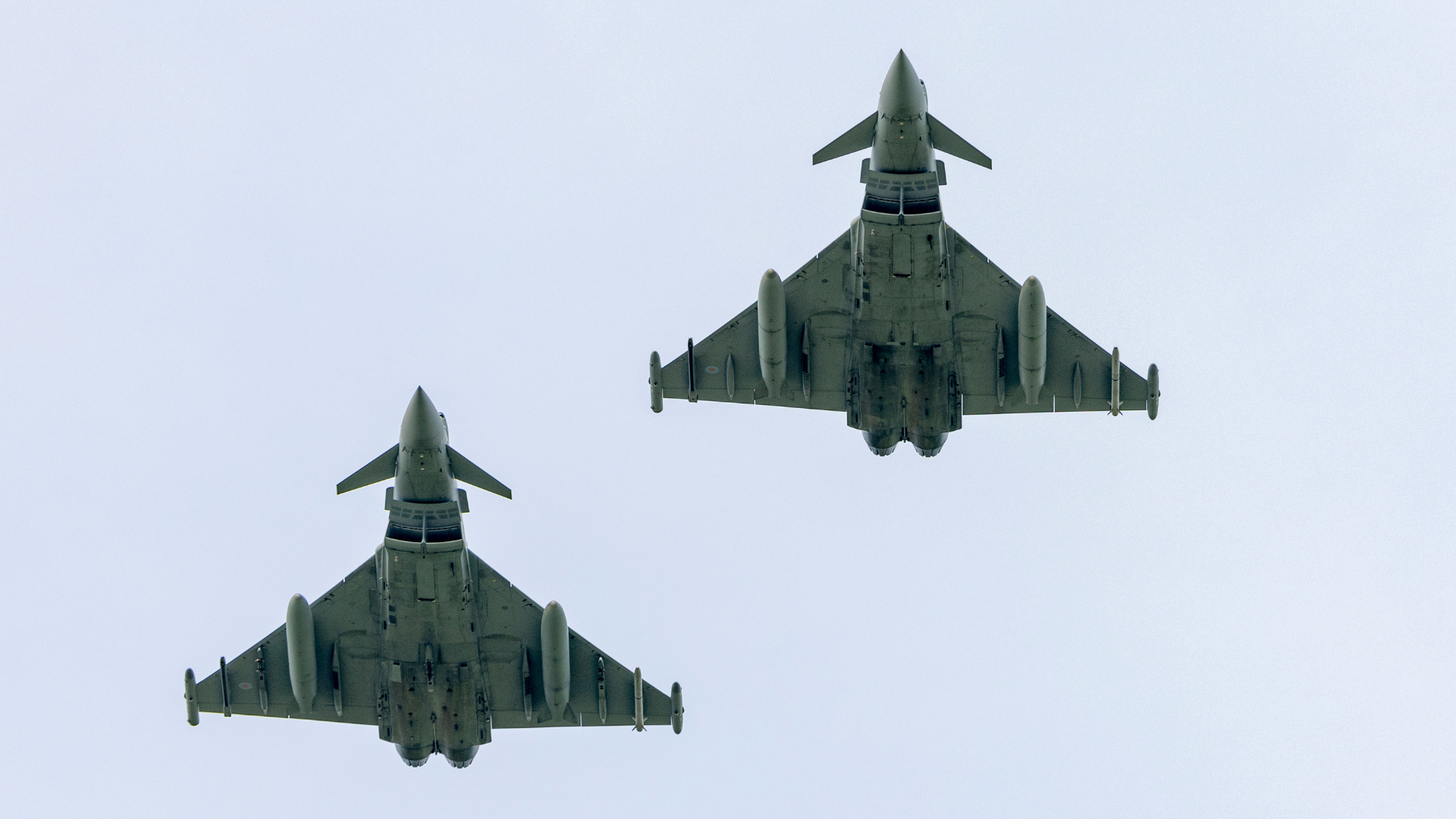Hit enter to search or Esc to close


Reflections on the opportunities digital and AI pose to Defence and Aerospace from Newton Partner Ben Taylor
Empowering people, enabling growth and achieving transformation
With a constantly evolving geopolitical landscape and increasing demands on defence and aerospace to evolve, how do we invest in and utilise new technologies and tools effectively to help defence to surge, scale and sustain?
Partner Ben Taylor reflects on this question with thoughts from the recent panel session he chaired at DSEI with Senior MOD and industry leaders in the Aerospace Forum.
“Companies like Google have innovated in the field of AI safety with out-of-model AI safety controls to assure that their own agents don’t take inappropriate risks when completing tasks.”
Ben Taylor
The transformative power of AI-Human collaboration
Digital can add huge value to defence and aerospace. Utilising AI and technology, collaboration across teams, embracing experimentation, reviewing risk and ensuring safety are all key to success.
But how do we combine that with human input?
We need to create an integrated force that brings together the best to tackle our complex strategic goals. Taking the very best intelligence and skills from the workforce and combining it with technology such as AI, allows faster decision making and increased safety. It can be used to compensate for human failures that result from mistakes, miscommunication and misunderstanding. AI acts as an excellent tool for effective quality assurance and knowledge retrieval. However, it is not a replacement and is less than ideal as an originator or technical authority. This is where the brilliance of our people come in.
This combination allows growth and decision making to accelerate, whilst building resilience and creating the foundation for long-term success. It should allow us to unlock skills and resource gaps whilst maintaining a competitive edge.
Automating the repetitive to create capacity
There are many repetitive everyday tasks that need completing. This is compounded by key skills shortages across the workforce and issues with retention. Automation can help with this. When done right, this should open up capacity, budget and prioritisation. One potential area is taking back-office processes and using machine learning and large language models to automate. By automating repetitive and mundane tasks you are enabling personnel to focus on more rewarding and higher value-add activities whilst reducing the risk of mistakes, which benefits all.
The shift from typing to speaking as the primary interface, enabled by AI, has the potential to significantly accelerate workflows and improve operational efficiency. By allowing personnel to interact with systems more naturally and quickly, voice interfaces reduce friction and free up valuable time.
As AI-driven platforms mature and become mainstream, they enable organisations to phase out legacy systems, increase the volume and speed of prototyping, and streamline software production.
This transformation supports a more agile, responsive development environment that ultimately helps teams deliver better solutions, faster.
On the front-line, defence uses the Human-in-the-loop (HITL) framework, where humans train AI, but this approach is often not applied to the way that delivery agencies and supporting functions in defence deliver their outputs. There is opportunity to apply this learning and thinking through to the back office, whilst making big gains.
How do we turn strategy into action?
The opportunities for digital and AI are reshaping defence – not just through smarter systems, but by enabling transformation at every level from production to procurement. AI is unlocking new forms of growth: from accelerating procurement and logistics to scaling operational readiness and workforce capability.
But growth isn’t just about speed or scale. It’s about building resilience, improving decision-making, and creating the conditions for long-term success. That includes empowering people to focus on high-value, mission-critical work by automating the repetitive and the routine.
Aerospace is often more complex, with safety and ‘airworthiness’ at the forefront. Spend on safety-related activity in aerospace far exceeds other departments and needs to be considered when taking a holistic approach to activities.
This is an exciting time for being innovative, and I can’t wait to see the transition from strategy to reality.